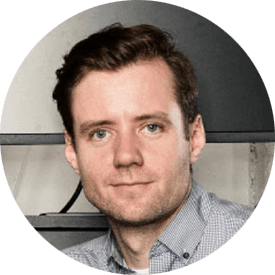Webinar | Spectroscopic reference data for hot gases: A new approach using shock tubes and the Daylight Solutions MIRcat-QT

There exists a marked lack of experimental absorption spectra for gaseous molecules at high temperatures and high pressures. Gases in these high-enthalpy thermodynamic states are present in a wide range of natural and man-made environments, such as cool stars, exoplanets, plasmas, explosions, flames, volcanoes, forest fires, combustion systems, hypersonic flows, industrial processes, and exhaust stacks. Infrared absorption and emission spectroscopy offer a powerful toolset for understanding the characteristics of these environments but these techniques rely upon validated spectral models and accurate reference data for quantitative interpretation of measured spectra. By and large, these models and reference data do not exist for most molecules at high temperatures and pressures.
At Stanford University, the Hanson Group has recently developed a methodology using shock-heated test gases in conjunction with the rapid-tuning, broad-scan, narrow-linewidth lasers developed by Daylight Solutions to measure the high-temperature and high-pressure absorption cross-sections of molecules in the mid-infrared. Presently, the approach has been demonstrated for several short-chain alkenes and alcohols for conditions ranging from 800 to 1600 K and 1 to 5 atm. It is envisioned that this combination of technologies will enable the construction of a comprehensive mid-infrared molecular spectral database to temperatures and pressures as high as 10,000K and 1000 atm, respectively, and open new insights into a range of high-temperature and high-pressure environments.
Speaker
Christopher L. Strand, Ph.D.
Research Engineer, Stanford University
Dr. Strand’s research interests focus on applied spectroscopy and span a broad range of applications including hypersonics, combustion science, energy systems, process control, environmental sensing, medical devices, and astrophysics. In his present capacity as Research Engineer in the Hanson Research Group, Christopher manages the development and deployment of laser absorption spectroscopy sensing systems, maintains in-house combustion and supersonic flow facilities, and mentors graduate students. He is a co-author of over 35 research publications and conference presentations. He is also a co-developer of the cloud-based spectroscopic modeling software SpectraPlot that has over 1000 active users per month worldwide and has served up over 375,000 spectroscopic simulations.

Watch the Webinar
To watch this webinar, please fill out the form below.
"*" indicates required fields